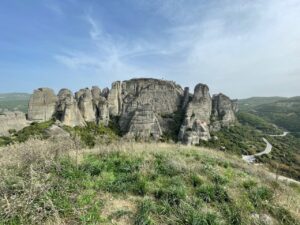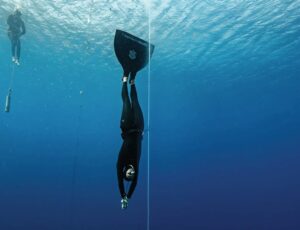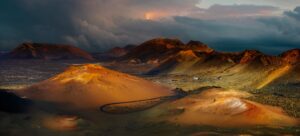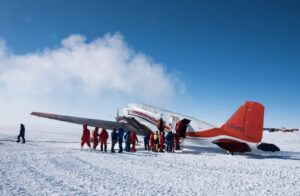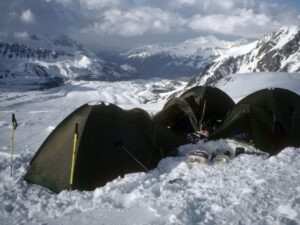Editor’s note: COVID-19 has not only canceled adventures, it has also led to some. Today, we feature the story of a climber dealing with a different sort of adventure: racing to get his ailing mother to a Western hospital before the lockdown.
Russian-born John Stoukalo did climbing expeditions for 10 years in the Caucasus before emigrating to Australia. In 2006-7, he and a partner retraced Douglas Mawson’s 1912 Antarctic route. In recent years, he has focused on skiing and mountaineering in New Zealand. He has also climbed in Japan, Kazakhstan and South America.
BY JOHN STOUKALO
On February 24, we learned that my Mom had a 20cm blood clot in her femoral artery. After two weeks of seeing hopeless local doctors, she eventually got into the state hospital in Vladivostok, but treatment there was basically none. She was well on her way to needing her leg amputated. My brother and I took the risk and decided to fly her to Australia.
Because of the coronavirus, all Asian routes from Vladivostok were already closed. The single remaining escape was through Japan, but it could be shut down any second, by any party –- Russia, Japan or Australia.
We raced against time in all respects: Borders were shutting at blistering speed, and her leg condition was deteriorating. We also needed a transit visa for Japan and lost a week nervously waiting for it.
Finally, my brother picked up Mom from the hospital in Vladivostok and went straight to the airport. He wheelchaired Mom to departures. Luckily, she could still walk a little.
MeanwhiIe, I flew from Sydney to Tokyo on Saturday night, March 14, to meet her at the Narita airport on Sunday.

John Stoukalo and Tim Jarvis in Antarctica, re-doing Mawson’s 1912 route. Photo: John Stoukalo
Mom landed at Narita, and the Japanese airport staff wheelchaired her through immigration. I met Mom and we needed to transfer immediately to Haneda, a second airport, for the flight to Australia.
Only one problem: The train to Haneda was leaving in eight minutes. We sprinted for the train, pushing Mom in a wheelchair. We grabbed one elevator to the ticket machines, then a second elevator down to the platform. Japanese trains, like Swiss ones, are famously punctual, but thankfully, they held it an extra 15 seconds for us.
I was about to push the wheelchair onto the train, when the staff reminded me that it was Narita property. Oh yeah — I was on autopilot.
We reached Haneda and left for Sydney that night, Sunday March 15. We landed the next day at 9:11 am…and missed the cut by nine hours: The Australian government had imposed a quarantine for all new arrivals, beginning at midnight. I got 14 days “isolation penalty” at home, and Mom went into isolation in the hospital.
But at least we made it. As soon we passed immigration, I drove Mom straight to the local hospital emergency. She was admitted at 1 pm. Later that day, they transferred her to another hospital with better cardiovascular facilities.
This had been a real race. Kind of my style — against the odds. And we managed to connect many things together to achieve a result.
It’s hugely better that Mom is here. She lost her English in recent years and it was hard for her to communicate with medical staff. Because of my quarantine, I couldn’t visit her to give support or to translate.
And she is now under good medical care. Within three hours of arriving at the hospital, we had achieved nearly the same that had been done in three weeks in Russia. After just four days, she had completed all her tests and was ready for the operation, which took place on April 6. It was successful, and she is now recovering.

Happy endings. Photo: John Stoukalo

